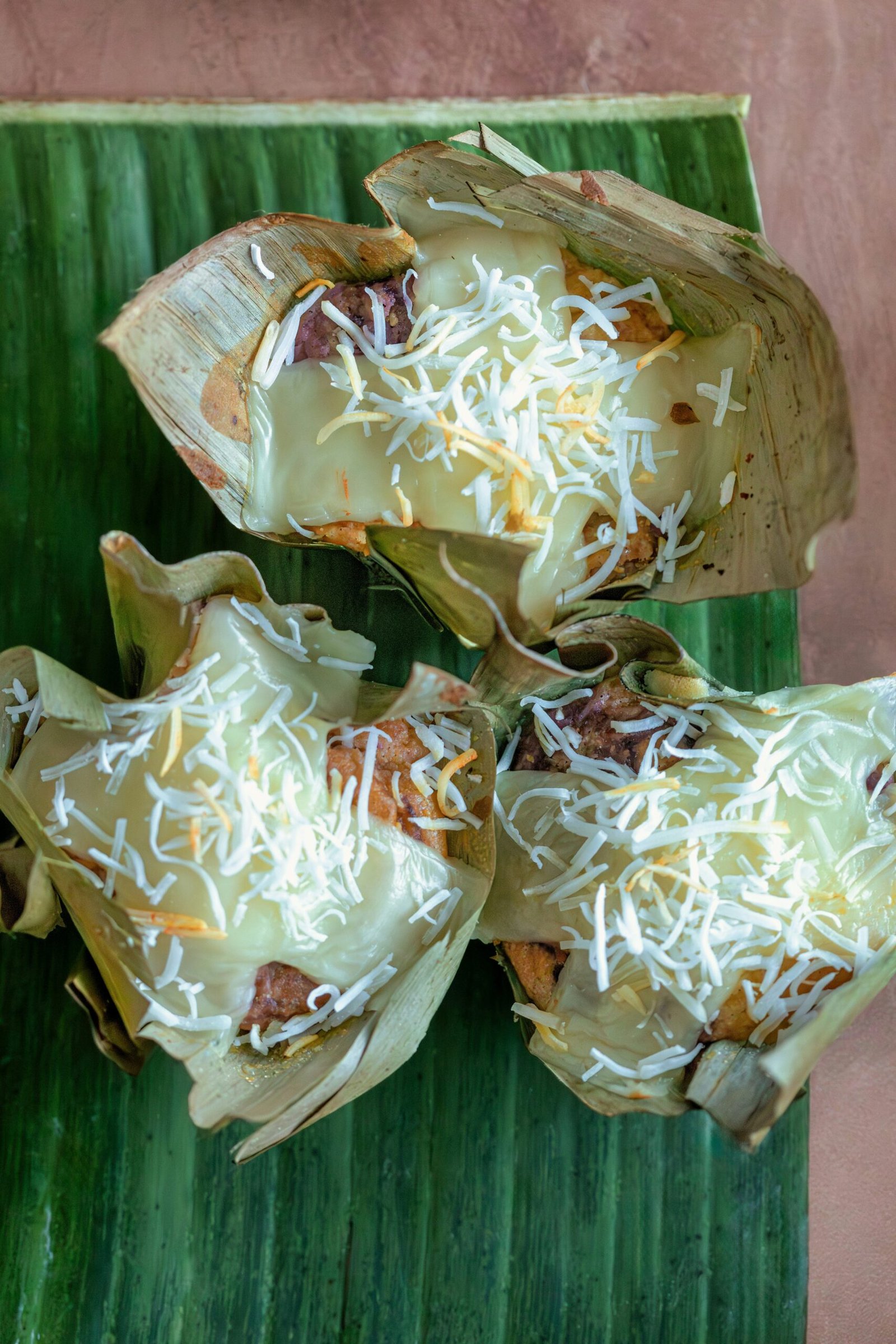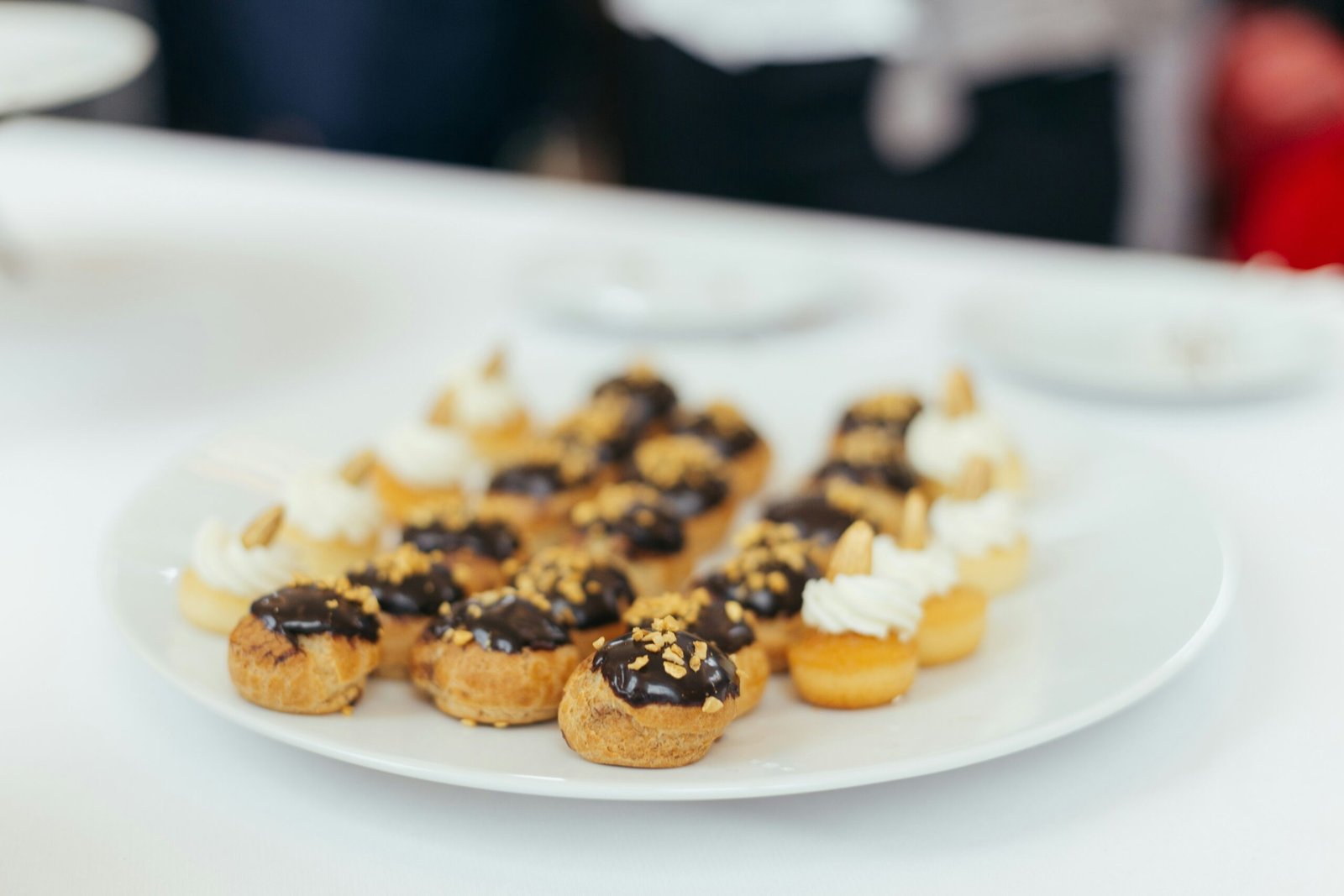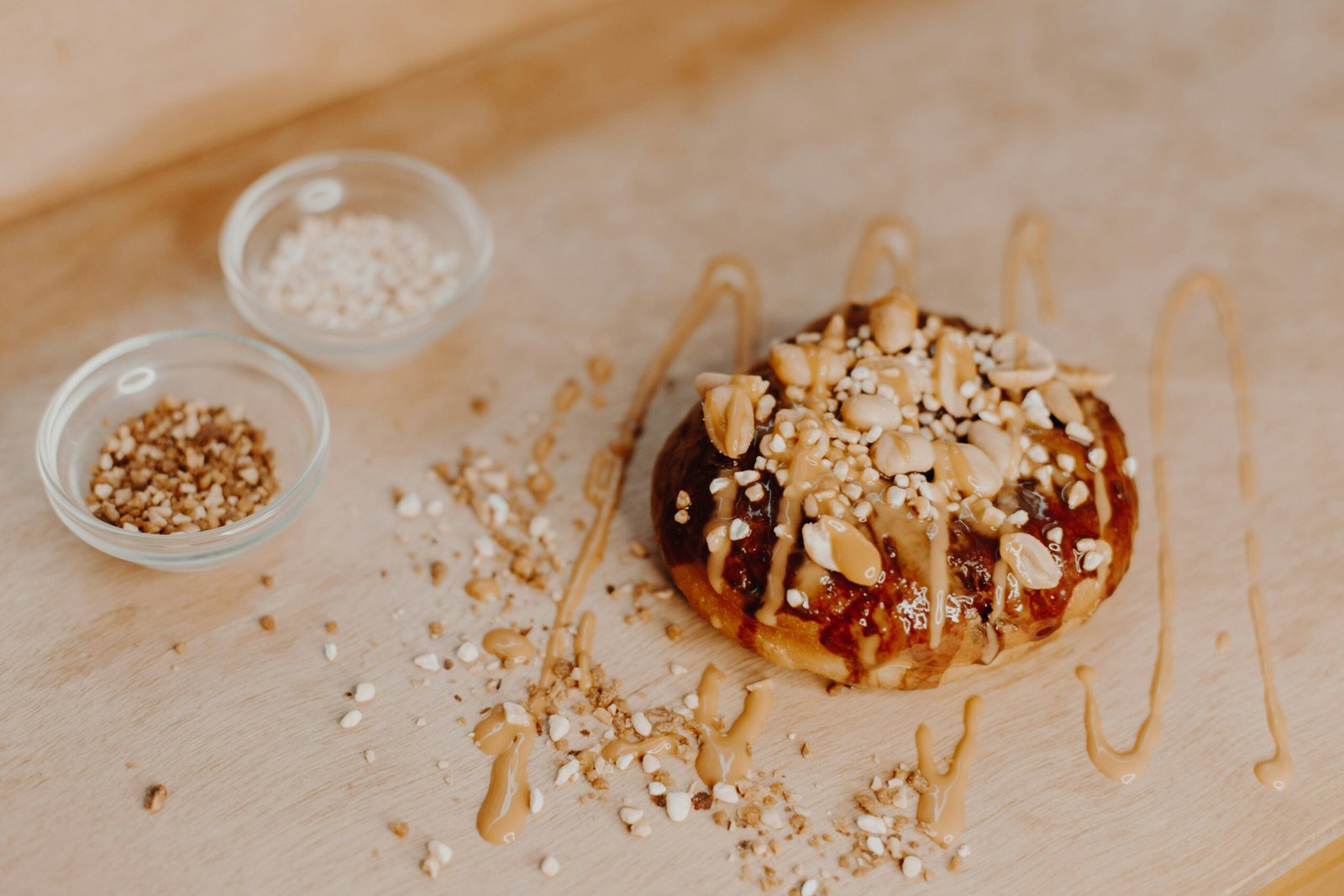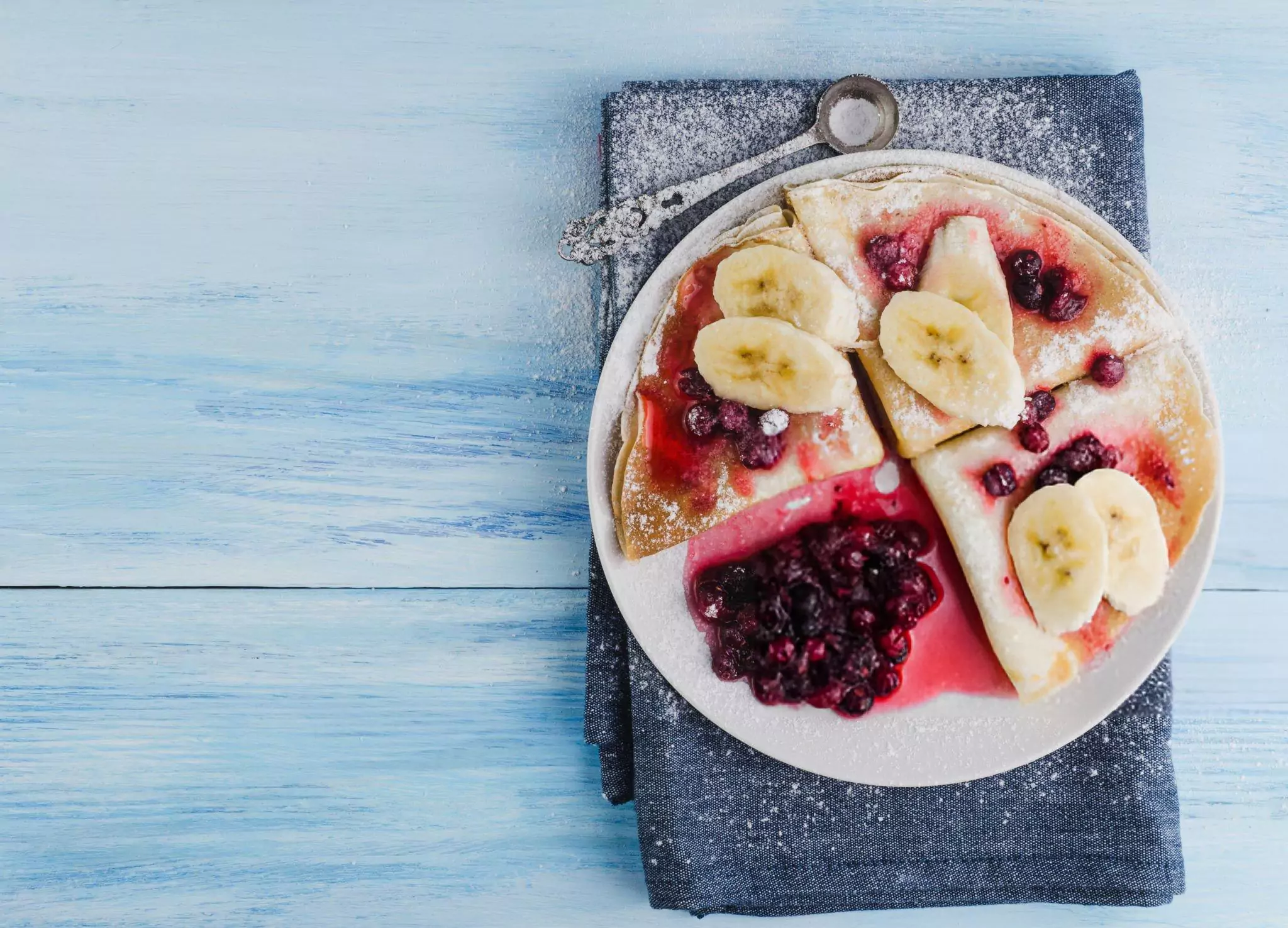Introduction to French Dessert Culture
French desserts occupy a prestigious place not only in culinary history but also in the hearts of those who appreciate the art of pastry-making. Renowned for their intricate techniques and exquisite flavors, these desserts reflect the rich cultural heritage of France. From simple tarts to elaborate pastries, each dessert tells a story, showcasing regional ingredients and traditional methods that have been passed down through generations.
The significance of desserts in French culture extends beyond mere indulgence; they are often integral to social gatherings, celebrations, and even everyday life. Special occasions such as weddings, birthdays, and holidays frequently feature traditional French sweets, symbolizing joy and festivity. Desserts like the elegant croquembouche, a tower of cream puffs held together with caramel, become the centerpiece of such events, creating lasting memories for families and friends alike.
Mastering these classic French desserts at home can be a rewarding experience, enabling pastry enthusiasts to connect with this storied tradition. The satisfaction derived from creating delicate macarons or a perfectly baked tarte Tatin goes beyond the act of baking; it embodies a deeper bond with French culture and culinary artistry. Exploring French pastry-making allows individuals to embrace the spirit of creativity, precision, and patience that defines this cuisine.
As we embark on a journey through the five classic French desserts featured in this post, we invite you to discover not only new recipes but also the essence of French dessert culture. Whether you are a seasoned baker or a novice in the kitchen, mastering these desserts will undoubtedly enrich your culinary repertoire and bring a touch of French elegance to your home. Embrace the joy that comes with each creation and savor the sweet rewards of your labor.
Crème Brûlée: The Perfect Custard
Crème brûlée is a classic French dessert known for its velvety custard base and contrasting crispy caramelized sugar top. This exquisite dessert is not only a favorite at French patisseries, but it also offers an opportunity for home cooks to impress family and friends with a touch of culinary sophistication. To begin your crème brûlée adventure, gather the following ingredients:
- 2 cups heavy cream
- 1 vanilla bean or 1 tablespoon vanilla extract
- 5 large egg yolks
- ½ cup granulated sugar, plus extra for caramelizing
- A pinch of salt
Now, let’s move on to the step-by-step recipe for the perfect crème brûlée:
- Preheat your oven to 325°F (160°C).
- In a medium saucepan, heat the heavy cream and vanilla bean (if using) over medium heat until it simmers. Remove from heat and allow to infuse for 15 minutes.
- In a bowl, whisk together egg yolks, granulated sugar, and salt until the mixture becomes pale and slightly thickened.
- Gradually pour the warm cream into the yolks, stirring continuously to prevent curdling. Strain the mixture through a fine-mesh sieve to eliminate any lumps.
- Pour the custard into ramekins, placing them in a baking dish lined with a cloth. Carefully add hot water to the dish until it reaches halfway up the sides of the ramekins.
- Bake for 30-35 minutes, or until the custard is set but still slightly jiggles in the center. Remove from the oven, let cool, then refrigerate for at least 2 hours.
- Before serving, sprinkle a thin layer of sugar over the tops of each custard. Use a kitchen torch to caramelize the sugar until it forms a crispy golden crust.
For those seeking to add variety to the classic crème brûlée, consider incorporating different flavors into the custard. Infusing the cream with ingredients like chocolate, coffee, or citrus zest can create delightful twists on this timeless dessert. Each variation offers a unique take, ensuring crème brûlée remains a versatile favorite among dessert aficionados.
Éclairs: Fluffy Choux Pastry Delight
Éclairs are a quintessential French pastry that epitomizes the elegance and skill associated with French desserts. To create these delightful treats, one must master choux pastry, which serves as the foundation of the éclair. This light and airy pastry is made from a simple mixture of flour, butter, water, and eggs. The key to achieving the perfect texture lies in properly cooking the flour and ensuring that enough moisture is present to create steam during baking, which causes the pastry to puff up.
Start by melting butter in water, then add flour all at once, stirring vigorously until the dough pulls away from the sides of the pan. Allow the mixture to cool slightly before incorporating the eggs one at a time, mixing until the dough is smooth and glossy. Once your choux pastry is prepared, pipe the dough into elongated shapes on a baking tray lined with parchment paper, ensuring they are spaced adequately to allow for expansion. Bake them at a high temperature to achieve that characteristic rise and hollow center.
After the éclairs have cooled, they can be filled with a variety of delicious creams, such as classic pastry cream, whipped cream, or even flavored variations like coffee or chocolate. Creating the filling involves combining cream with sugar and flavorings, then whipping until it reaches a light and airy consistency. Once filled, the final touch is a sumptuous layer of chocolate glaze. To make the glaze, melt high-quality chocolate and mix it with a bit of cream for a silky texture. For a unique twist, consider experimenting with flavored glazes such as caramel or fruit purées.
While making éclairs, common pitfalls may include undercooking the pastry or over-filling them with cream, which can lead to sogginess. Therefore, it is essential to monitor the baking process closely and allow the pastry to cool completely before filling. With attention to detail and practice, anyone can achieve the exquisite texture and elegant presentation required for perfect éclairs at home.
Tarte Tatin: The Upside-Down Caramelized Apple Tart
Tarte Tatin is a delightful and elegant French dessert that is perfect for both beginner and experienced bakers. This upside-down caramelized apple tart is known for its rich, buttery flavor and a beautiful presentation that is sure to impress your guests. To begin crafting this classic dish, you’ll need to make a simple pie crust, which serves as the base of the tart. A good pie crust is essential for a successful Tarte Tatin, so aim for a flaky, homemade version using all-purpose flour, butter, and a pinch of salt.
The key to a successful Tarte Tatin lies in the caramelization of the apples. It is advisable to choose firm apples with the right balance of sweetness and tartness, such as Granny Smith or Honeycrisp. These varieties not only withstand the cooking process but also contribute to the overall flavor profile of the dessert. Begin by peeling, coring, and slicing the apples into equal-sized wedges to ensure even cooking. In a cast-iron skillet, melt butter and sugar over medium heat, stirring occasionally until a golden caramel forms. Gently place the apple wedges onto the caramel, arranging them neatly to maximize the visual appeal of your tart.
Once the apples are caramelized, transfer the pie crust over the fruit, tucking the edges around the apples. Bake in a preheated oven until the crust is golden brown and fully cooked. Allow the Tarte Tatin to cool for a few minutes before inverting it onto a serving dish. This crucial step releases the caramelized apples in a mesmerizing pattern. For an elevated experience, serve the tart with a dollop of crème fraîche or a scoop of vanilla ice cream, which beautifully complements the warm caramelized apples.
Mastering Tarte Tatin will not only enhance your baking repertoire but also offer a meaningful way to connect with the rich culinary traditions of France.
Macarons: Colorful French Delicacies
French macarons, renowned for their delicate structure and vibrant colors, are delightful meringue-based cookies that have captured the hearts of dessert enthusiasts globally. They are composed primarily of egg whites, almond flour, and sugar, resulting in a light and airy texture that melts in the mouth. Crafting these petit treats at home might seem daunting, but with a clear recipe and some strategies, you can recreate these delectable confections with ease.
To begin, gather the necessary ingredients: 110 grams of almond flour, 200 grams of powdered sugar, 100 grams of egg whites (around 3 large eggs), and 50 grams of granulated sugar. For the filling, you might choose a classic buttercream or a luxurious ganache, depending on your personal preference. It is advisable to start by sifting the almond flour and powdered sugar together to ensure a smooth macaron shell.
Next, whip the egg whites in a clean bowl until foamy, gradually adding the granulated sugar until stiff peaks form. This meringue is crucial for achieving the correct texture. Once the meringue is ready, gently fold in the almond flour and powdered sugar mixture, taking care not to deflate the batter. The final mixture should flow like lava and maintain a glossy finish. To add color, consider using gel food coloring—this will ensure the macarons maintain their structure while achieving vibrant hues.
Piping the macarons is a crucial step; use a piping bag with a round tip to create equal-sized circles on a baking sheet lined with parchment paper. Allow the piped macarons to rest for about 30 minutes prior to baking, which will help form a dry shell. Bake them in a preheated oven at 150°C (300°F) for 15-20 minutes, depending on your oven. After cooling, sandwich the macarons with your chosen filling, and enjoy the colorful burst of flavors. Mastering this art requires practice, so be patient and don’t hesitate to experiment with flavors and colors!
Madeleines: Classic French Shell-Shaped Cookies
Madeleines are a quintessential French dessert known for their unique shell shape and delicate texture. These charming cookies are often enjoyed alongside a cup of tea or coffee, making them a popular treat for afternoon gatherings. The traditional madeleine recipe is straightforward, and with a few key steps, anyone can master this classic French delicacy at home.
To begin, gather the following ingredients: 1 cup of all-purpose flour, 1 teaspoon of baking powder, a pinch of salt, ½ cup of unsalted butter (melted), ¾ cup of granulated sugar, 3 large eggs, and a teaspoon of vanilla extract. For those seeking variations, consider adding lemon zest for a refreshing twist or cocoa powder for a rich chocolate version. Regardless of the flavor, the preparation remains consistent.
Start by mixing the flour, baking powder, and salt in one bowl. In another bowl, whisk together the sugar and eggs until the mixture is pale and thick, which typically takes about five minutes. Blend in the melted butter and vanilla extract before folding in the dry ingredients gently to avoid overmixing. A crucial step in achieving that iconic madeleine bump is to refrigerate the batter for at least 30 minutes prior to baking, helping the cookies to rise beautifully in the oven.
Preheat your oven to 375°F (190°C) and grease your madeleine pan generously to prevent sticking. Spoon the chilled batter into the cavities of the pan, filling them three-quarters full. Bake for 10-12 minutes or until the edges turn golden brown. Allow the madeleines to cool slightly before removing them from the pan. The result should be cookies with a chewy interior and crispy edges, perfect for enjoying with a steaming cup of tea.
Tips for Mastering French Desserts at Home
Mastering French desserts at home can be an incredibly rewarding experience, allowing you to share these delightful confections with friends and family. To embark on this culinary journey, it is vital to understand a few essential tips and techniques that will significantly enhance your baking skills. First and foremost, familiarize yourself with foundational baking principles. This involves understanding how ingredients interact with one another, including the roles of flour, sugar, butter, and eggs in classic French desserts. Knowledge of techniques such as creaming, folding, and tempering will also be beneficial.
Having the right tools on hand is equally important for achieving successful outcomes. Invest in quality equipment that can make the preparation process smoother and more efficient. Essential tools include a reliable set of measuring cups and spoons, a kitchen scale for precision, mixing bowls, a whisk, and a rubber spatula. Additionally, consider acquiring specialized tools such as a pastry bag for pipeable desserts and a kitchen thermometer for accurate temperature control. These items will contribute to consistency in your baking endeavors.
Another critical aspect to keep in mind is the quality of ingredients used in your recipes. Select fresh, high-quality products whenever possible, as they make a noticeable difference in flavor and texture. For example, using premium chocolate for desserts like mousse or choosing farm-fresh eggs for custards can significantly elevate your results.
Lastly, embrace the invaluable virtues of practice and patience. French desserts can be intricate, and mastering them often requires multiple attempts. Do not be discouraged by mistakes; instead, view them as learning opportunities that will refine your baking skills over time. With dedication and the right approach, you will develop the confidence needed to tackle any French dessert recipe you desire.
Serving and Presenting Your French Desserts
Presenting French desserts with elegance is an essential aspect of the dining experience. The artistry involved in plating can elevate these delightful treats, making them visually appealing and inviting. To begin with, choose your serving dishes wisely. Fine china or sleek glassware can enhance the aesthetic, while also reflecting the sophistication associated with French cuisine. When plating, consider the size and shape of your dessert to ensure a balanced appearance on the plate.
One effective technique is using the center of the plate as the focal point. For instance, a perfectly baked tart or a delicate mousse can be placed strategically in the middle, allowing for ample space to add garnishes. To create height and interest, layer components; perhaps a scoop of homemade crème fraîche or a dollop of whipped cream on top can provide contrast and charm. Minimalism is key; avoid overcrowding the plate to allow your French desserts to shine.
Garnishing ideas not only enhance visual appeal but also complement flavors. Fresh fruits, such as raspberries or strawberries, can add both color and a refreshing burst. Edible flowers, like pansies or violets, can bring an exquisite touch, while herbs such as mint can provide a contrasting hint of green. A drizzle of coulis or a dusting of powdered sugar can serve as the finishing touch, framing your dessert beautifully.
Pairing your dessert with the right beverage can further enhance the culinary experience. A rich chocolate dessert, for example, can be superbly complemented by a glass of robust red wine or a cup of espresso, while lighter offerings like macarons often pair well with herbal teas or Champagne. These thoughtful combinations not only reflect traditional French dining practices but also leave a lasting impression on your guests. By applying these serving and presentation techniques, you can transform any homemade French dessert into an unforgettable visual and gastronomic delight.
Conclusion: The Joy of Making French Desserts
Embarking on the journey of mastering classic French desserts at home is not just an exercise in baking; it is an exploration of culture, technique, and personal creativity. Each recipe presents an opportunity to hone one’s skills, from understanding the delicate balance of flavors to perfecting the art of presentation. As you progress through the various stages of mastering these delightful dishes, you will likely experience a profound sense of accomplishment with each successful creation.
Creating French desserts can be incredibly rewarding. The meticulous attention to detail required in recipes such as éclairs or tarte Tatin not only enhances your culinary skills but also fosters a deeper appreciation for the artistry involved in French patisserie. Moreover, these classic desserts serve as a bridge connecting you and your loved ones, allowing you to share not only the taste of France but also the passion and effort you put into your baking.
As you delve further into the world of French desserts, remember that practice is essential. Each attempt, whether resulting in a masterpiece or a minor setback, contributes to your growth as a baker. It is crucial to celebrate all victories—big or small—along the way. The kitchen can be a space of experimentation, where both failures and successes serve as valuable learning experiences. Keep pushing the boundaries of your culinary skills by exploring various recipes and techniques. With each creation, you’ll find joy not only in the act of baking but also in sharing the fruits of your labor with friends and family.
In summary, mastering classic French desserts at home can be a fulfilling endeavor that enriches not only your baking repertoire but also the connections you nurture with others through food. Embrace this journey with an open heart and a spirit of adventure, and let the joy of creating these desserts inspire you to continue your exploration of culinary delights.
Resources and References for Further Exploration
Exploring the rich world of French desserts can be an exciting journey for any home cook. To further enhance your culinary skills and deepen your understanding of these classic delights, consider a variety of resources available. Books are an excellent starting point; renowned pastry chef Pierre Hermé’s “Desserts by Pierre Hermé” offers valuable techniques and stunning recipes, making it a favorite among baking enthusiasts. Another insightful read is “The Art of French Pastry” by Jacquy Pfeiffer and Martha Rose Shulman, which provides a comprehensive guide to mastering traditional pastry-making methods.
Websites dedicated to French cuisine can also serve as a treasure trove of information and inspiration. Websites like “Le Blog de Betty” and “French Pastry School” feature detailed tutorials and recipes that span a vast array of French pastries. These platforms often offer unique twists on classic recipes, allowing you to experiment and personalize your desserts. Additionally, YouTube channels like “Tasty” and “Binging with Babish” frequently showcase French dessert recipes, with step-by-step instructions that can be invaluable for visual learners.
For those who prefer hands-on experience, consider enrolling in a local cooking class that specializes in French pastry-making. Many culinary schools offer workshops focusing on the techniques required for creating traditional desserts such as éclairs, macarons, and tartes. These classes not only sharpen your skills under the guidance of expert chefs but also provide an opportunity to connect with like-minded baking aficionados.
Finally, don’t overlook the wealth of blogs dedicated to French sweets. Websites like “Pardon Your French” and “The Hungry Bites” frequently post both recipes and cooking tips that reflect the essence of French patisserie. By leveraging these resources, you can expand your knowledge and continue to grow your expertise in creating exquisite French desserts at home.









